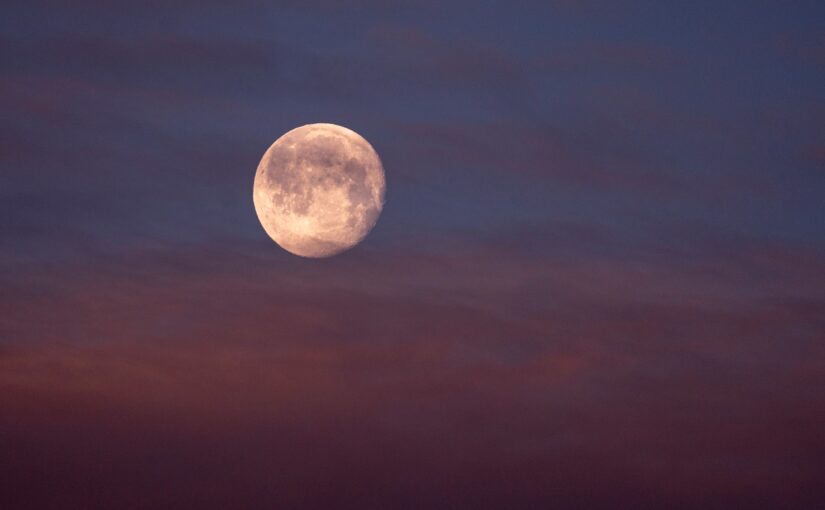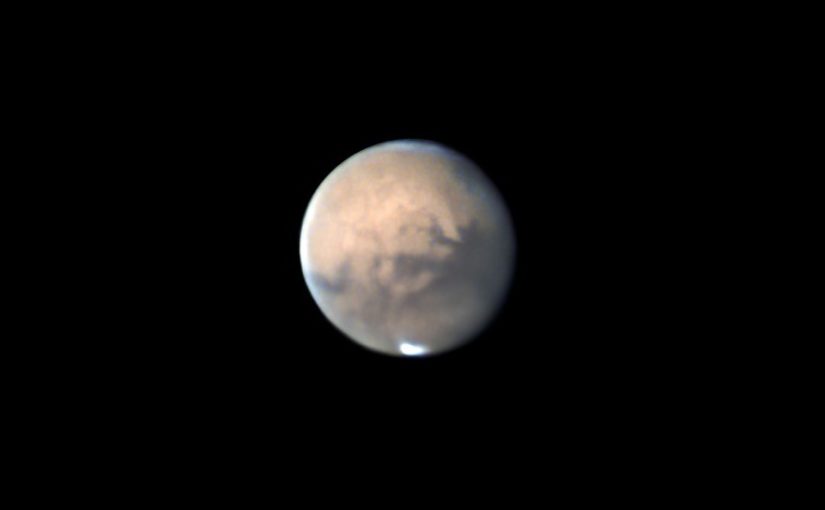In our previous post, we discussed the formation of stars from condensing balls of gas within interstellar nebulae, to the formation of open clusters of hundreds of sibling stars using images taken from the observatories in Killarney Provincial Park.
In this post, we will discuss how planets and life arose from the debris of star formation. Continue reading From the Big Bang to beyond: the astronomical origins of the universe – part 3

